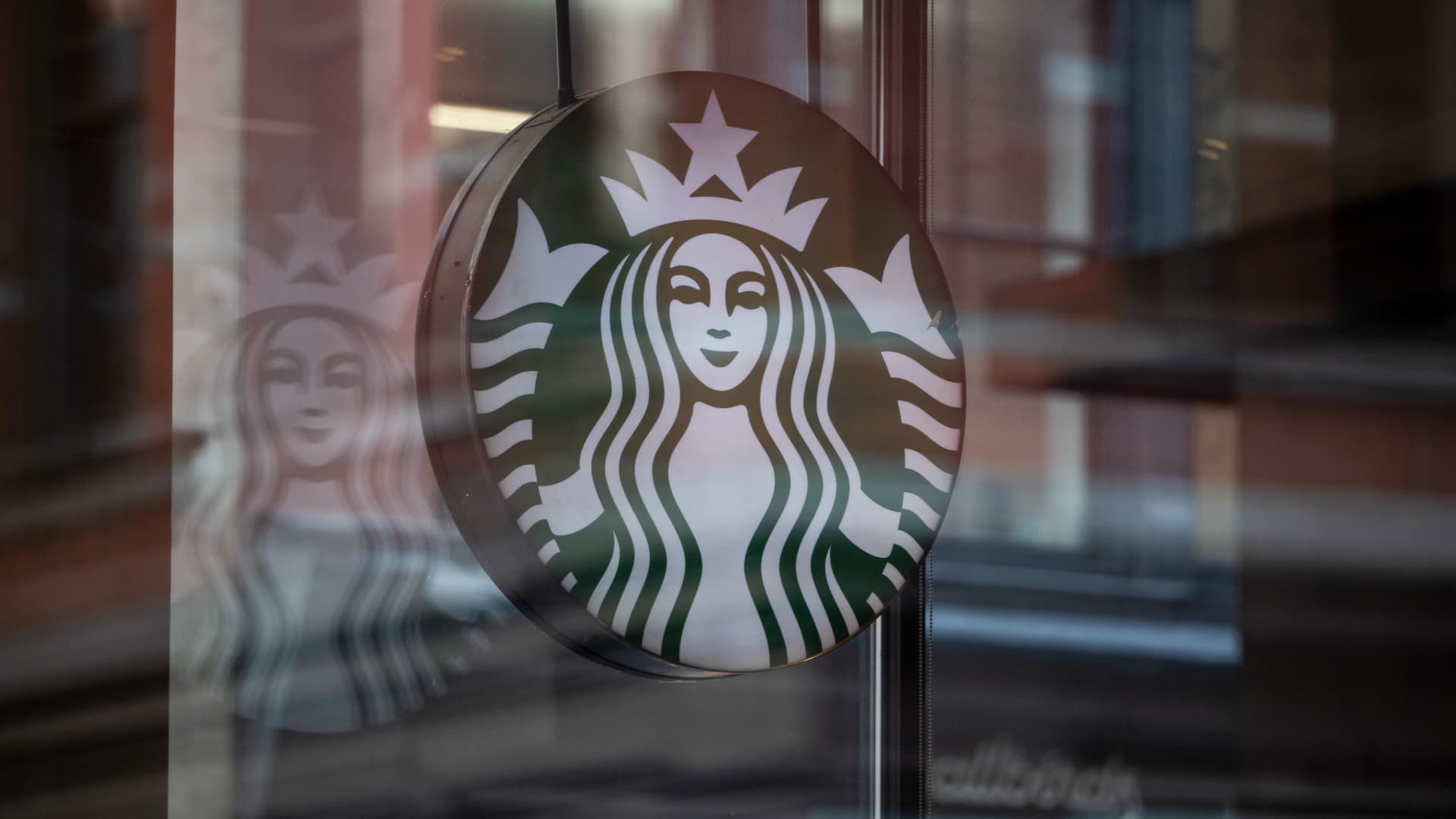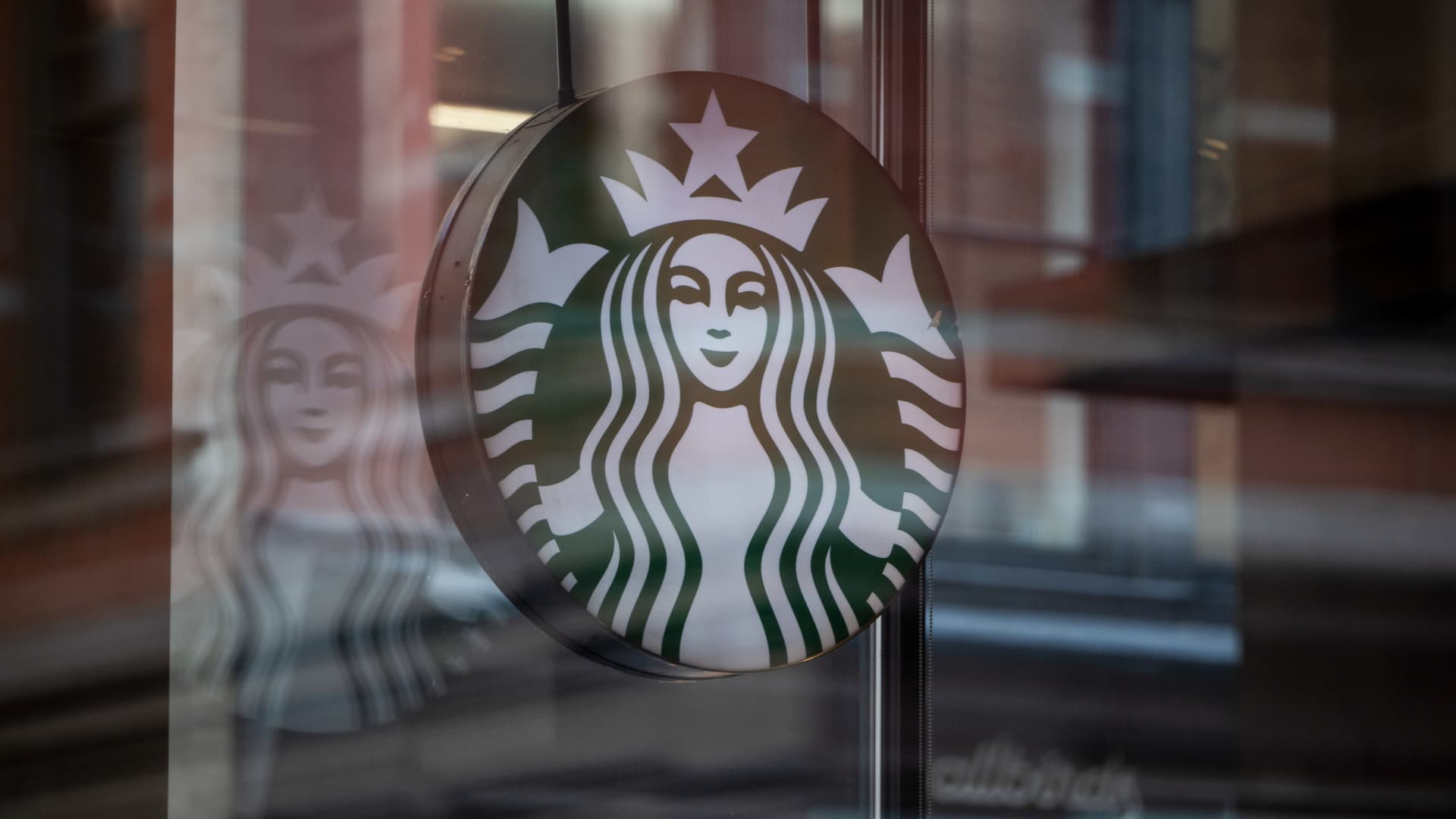The Enduring Allure of Starbucks: A Cramer-Inspired Analysis
Introduction: More Than Just a Cup of Coffee
Starbucks has transcended its role as a mere coffee chain, evolving into a cultural phenomenon and a staple of modern consumerism. The company’s green logo is as recognizable as its signature beverages, and its presence in urban landscapes worldwide is undeniable. Beyond its physical stores, Starbucks represents a blend of consumer behavior, market trends, and investment potential. Jim Cramer, the charismatic host of CNBC’s “Mad Money,” has frequently highlighted Starbucks as a compelling investment, making it a subject of intrigue and analysis. This report explores Cramer’s perspectives, the company’s current standing, and the broader factors influencing its future, offering insights for investors and coffee enthusiasts alike.
The Cramer Endorsement: A Vote of Confidence
Jim Cramer’s endorsement of Starbucks is not a fleeting opinion but a recurring theme in his market commentary. His bullish stance is rooted in a belief that Starbucks is a fundamentally sound investment, particularly during market downturns or periods of perceived undervaluation. Cramer has often suggested buying Starbucks shares, especially after post-earnings declines, which he views as “gifts to investors.” This confidence is underpinned by his conviction in the company’s long-term growth potential and its adaptability to changing consumer preferences.
Cramer’s enthusiasm for Starbucks is not without reason. The company’s global reach, strong brand loyalty, and innovative product offerings have historically positioned it as a resilient player in the competitive coffee market. However, Cramer’s endorsements also come with a caveat: investors should conduct their own due diligence. While his insights can be valuable, they should not be the sole basis for investment decisions.
CEO Niccol and the Turnaround Narrative: A Bet on Leadership
A significant aspect of Cramer’s bullish outlook is his faith in Starbucks’ CEO, Brian Niccol. Cramer has lauded Niccol as a “turnaround artist,” capable of navigating the company through challenging times. This confidence is not unfounded; Niccol’s track record, particularly his successful revitalization of Chipotle, lends credibility to his leadership. Cramer has emphasized Niccol’s strategic moves, acknowledging that short-term setbacks may be necessary for long-term gains.
However, turnarounds are rarely straightforward. Cramer himself has admitted that the turnaround process might take longer than initially anticipated. Market reactions to Starbucks’ earnings reports have been mixed, with shares experiencing significant declines at times. This underscores the inherent risks in betting on a turnaround strategy, even with a capable leader at the helm.
Challenges and Opportunities: Navigating a Complex Landscape
Starbucks operates in a dynamic and competitive environment, facing a myriad of challenges and opportunities. One notable challenge is adapting to evolving consumer preferences. The company’s decision to phase out mobile-order-only stores, citing a lack of “warmth,” highlights the delicate balance between operational efficiency and the in-store experience. The emphasis on “warmth” suggests a strategic shift towards creating environments that foster emotional connections, ensuring Starbucks remains a destination rather than just a convenience.
Despite these challenges, Starbucks has significant growth opportunities. Its global presence, particularly in China, remains a key driver of expansion. While Cramer has downplayed concerns about Starbucks’ performance in China, it is essential to recognize the complexities of operating in that market. Economic fluctuations, regulatory changes, and local competition all pose potential risks.
Additionally, Starbucks has the potential to diversify its product offerings and explore new revenue streams. Partnerships with delivery services, the introduction of innovative beverages, and the expansion of its loyalty program can all contribute to long-term growth. The company’s ability to innovate and adapt will be crucial in maintaining its competitive edge.
Beyond the Coffee Cup: Financial Performance and Market Sentiment
A comprehensive analysis of Starbucks’ investment potential requires a closer look at its financial performance. Key indicators such as revenue growth, profit margins, and cash flow provide objective insights into the company’s health. While Cramer often focuses on qualitative aspects like brand strength and management, a thorough analysis demands a deeper dive into the numbers.
Market sentiment also plays a pivotal role in determining Starbucks’ stock price. Investor confidence, economic conditions, and broader market trends can all influence demand for the stock. Cramer’s pronouncements can impact market sentiment, highlighting the influence of prominent financial commentators. However, investors should be cautious about relying solely on such endorsements, as market dynamics are inherently unpredictable.
Original Insight: The “Cramer Bottom” Phenomenon
Cramer’s repeated endorsements of Starbucks raise an intriguing concept: the potential for a “Cramer Bottom.” This idea suggests that when Cramer expresses particularly strong conviction about a stock, especially after a significant decline, it may signal a point of maximum pessimism before a recovery. While this phenomenon is not formally defined, it underscores the influence of prominent financial commentators on market sentiment.
However, approaching this idea with caution is essential. While Cramer’s insights can be valuable, they should not replace independent research. The market’s unpredictability means that even seasoned experts can be wrong. The mention of r/wallstreetbets joking about buying Starbucks because they hate Jim Cramer highlights the opposing view of Cramer’s opinion, emphasizing the need for a balanced perspective.
Conclusion: A Brew of Opportunity and Risk
Starbucks remains a compelling investment proposition, offering a blend of opportunities and risks. Jim Cramer’s consistent endorsement reflects his belief in the company’s long-term potential, particularly under the leadership of CEO Brian Niccol. However, investors should not blindly follow Cramer’s advice. A thorough analysis of the company’s financial performance, competitive landscape, and global economic trends is essential before making any investment decisions.
The Real Taste Test: Informed Decision-Making
Ultimately, the decision to invest in Starbucks, or any other company, should be based on your own research, risk tolerance, and investment goals. Like a perfectly brewed cup of coffee, a well-informed investment strategy requires careful consideration, a blend of different factors, and a dash of independent judgment. By balancing Cramer’s insights with a comprehensive analysis, investors can make informed decisions that align with their financial objectives.












